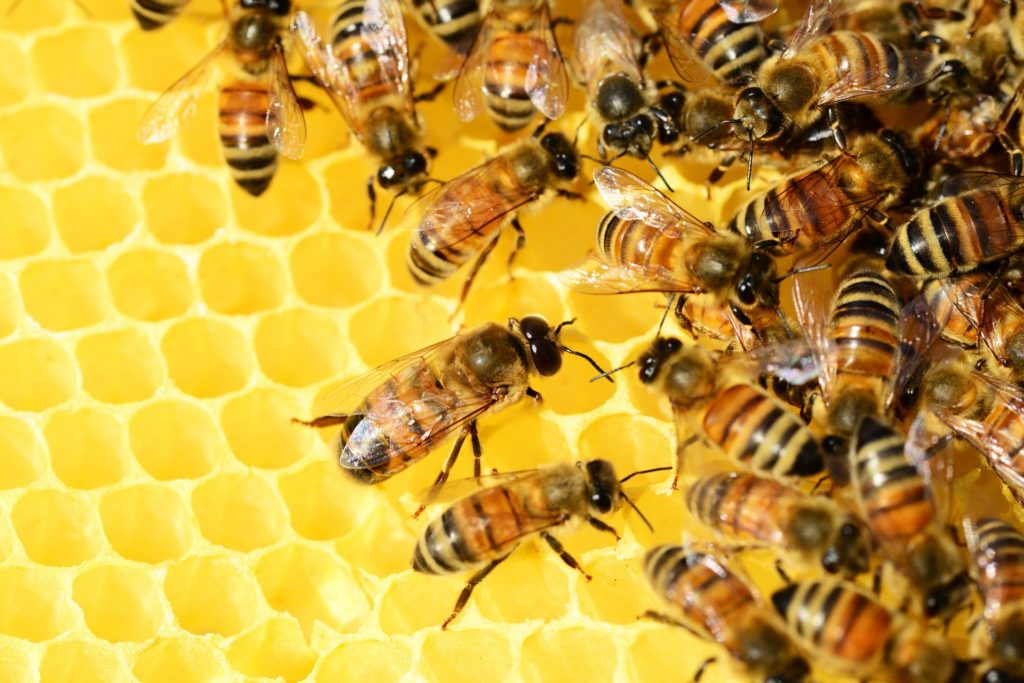Table of Contents
MATHEMATICAL BEES
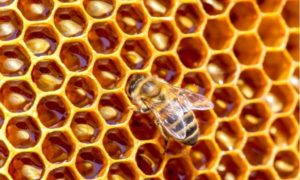
|
Why do bees make hexagons? Find out here. |
| On You Tube from TED-ED, see a kid-friendly Why do bees love hexagons? | |
| See The Mysterious Connection Between Bees and Mathematics. | |
| Bees do math. In fact, this article describes how they’re better than computers at solving the famous “traveling salesman” problem – that is, how to visit as many places as possible while expending the least amount of energy. | |
| See the Trials and Tribulations of the Traveling Salesman for a mathematical explanation. (Warning: it’s complicated.) | |
 |
BEE Math Arithmetic Operations covers addition and subtraction with hexagons and buzzing cartoon bees. |
| Bumble Numbers in a math arcade game of arithmetic equations played with an animated bee. Players grab numbers out of the air with their bee and drop them into the flower with the corresponding equation. |
HONEY
| The National Honey Board has general information about the history and uses of honey, and dozens of categorized honey recipes. | |
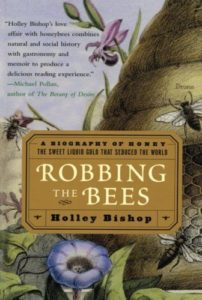
|
Holley Bishop’s Robbing the Bees (Atria Books, 2006) is a “biography of honey,” variously covering the science of bees and beekeeping, and the history of humans’ interactions with bees and honey. Included are honey recipes (“Old and New”). For teenagers and adults. |
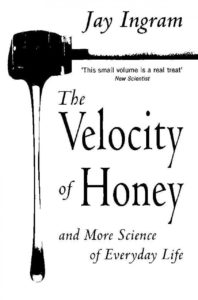
|
Jay Ingram’s The Velocity of Honey and More Science of Everyday Life (Basic Books, 2006) is a collection of reader-friendly essays in which the title honey essay explains just why honey doesn’t ooze every which way when poured on toast. It’s an adult book, but an interesting read for ages 13 and up. Great addition to any science program. |
| Viscosity is a measure of the “thickness” of liquids: honey and molasses (thick) are notably viscous; water and apple juice (thin) aren’t. Viscosity Races is a great experiment investigating viscosity for ages 5 and up. You’ll need a homemade ramp, an assortment of liquids, and a tape measure or stopwatch. (And, I would guess, lots of paper towels.) | |
| From Steve Spangler, Seven Layer Density Column has instructions for making a spectacular multicolored seven-layer column of liquids of various densities, starting with very heavy honey. A very cool experiment. |
BEE POEMS
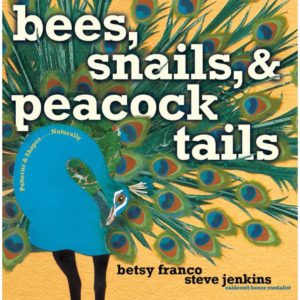
|
Betsy Franco’s Bees, Snails, and Peacock Tails (Margaret K. McElderry Books, 2008), with wonderful colorful illustrations by Steve Jenkins, is a celebration of pattern in nature through poetry, with subjects that include the puffer fish, diamond-backed rattlesnake, snail, peacock, spider, and bee. (“Study a beehive/and you will see/the mathematical genius of the bee.” ) Delightful for ages 3-8. |
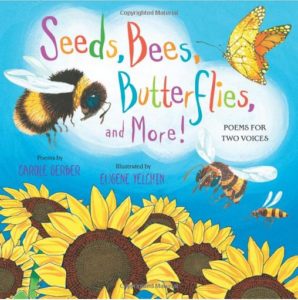
|
Carol Gerber’s picture book Seeds, Bees, Butterflies, and More! Poems for Two Voices (Henry Holt and Company, 2013) is a collection of 18 poems to be read in alternating voices, variously celebrating seed distribution, germination, plant growth, and pollinators – among them bees. For ages 4-8. |
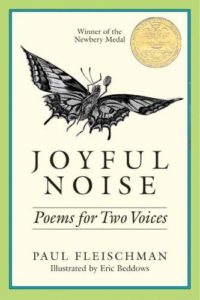
|
“Honeybees,” in Paul Fleischman’s prize-winning collection Joyful Noise: Poems for Two Voices (HarperCollins, 2004), is a clever dialogue between a worker bee and a queen. (Worker: “Being a bee…is a pain.”) |
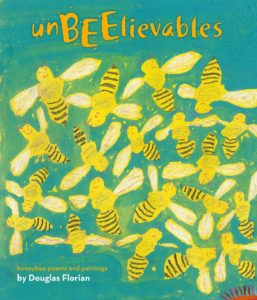
|
Douglas Florian’s UnBEElievables (Beech Lane Books, 2012) is a collection of honeybee poems and illustrations (using creative mixed media on paper bags). Sample titles: “Bee Anatomy,” “Drone,” and “Where Are the Bees?” For ages 5-10. |
| Emily Dickinson wrote several wonderful poems about bees – among them “Bee! I’m expecting you!” written as a springtime letter to a Bee from an impatient Fly. | |
| Rudyard Kipling’s “The Bee-Boy’s Song” describes the traditional belief that all family news must be told to be bees. | |
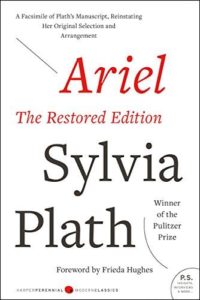
|
Sylvia Plath’s five bee poems – “The Bee Meeting,” “Sting,” “The Swarm,” “The Wintering,” and “On the Arrival of the Bee Box” – are found in her collection Ariel (Harper Perennial, 2005). For teenagers and adults. |
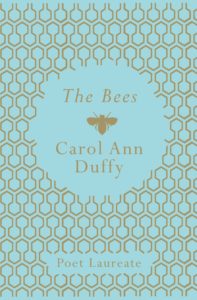
|
British poet laureate Carol Ann Duffy’s The Bees (Faber & Faber, 2013) is a powerful poetry collection with an on-going theme of bees. For teenagers and adults. |
